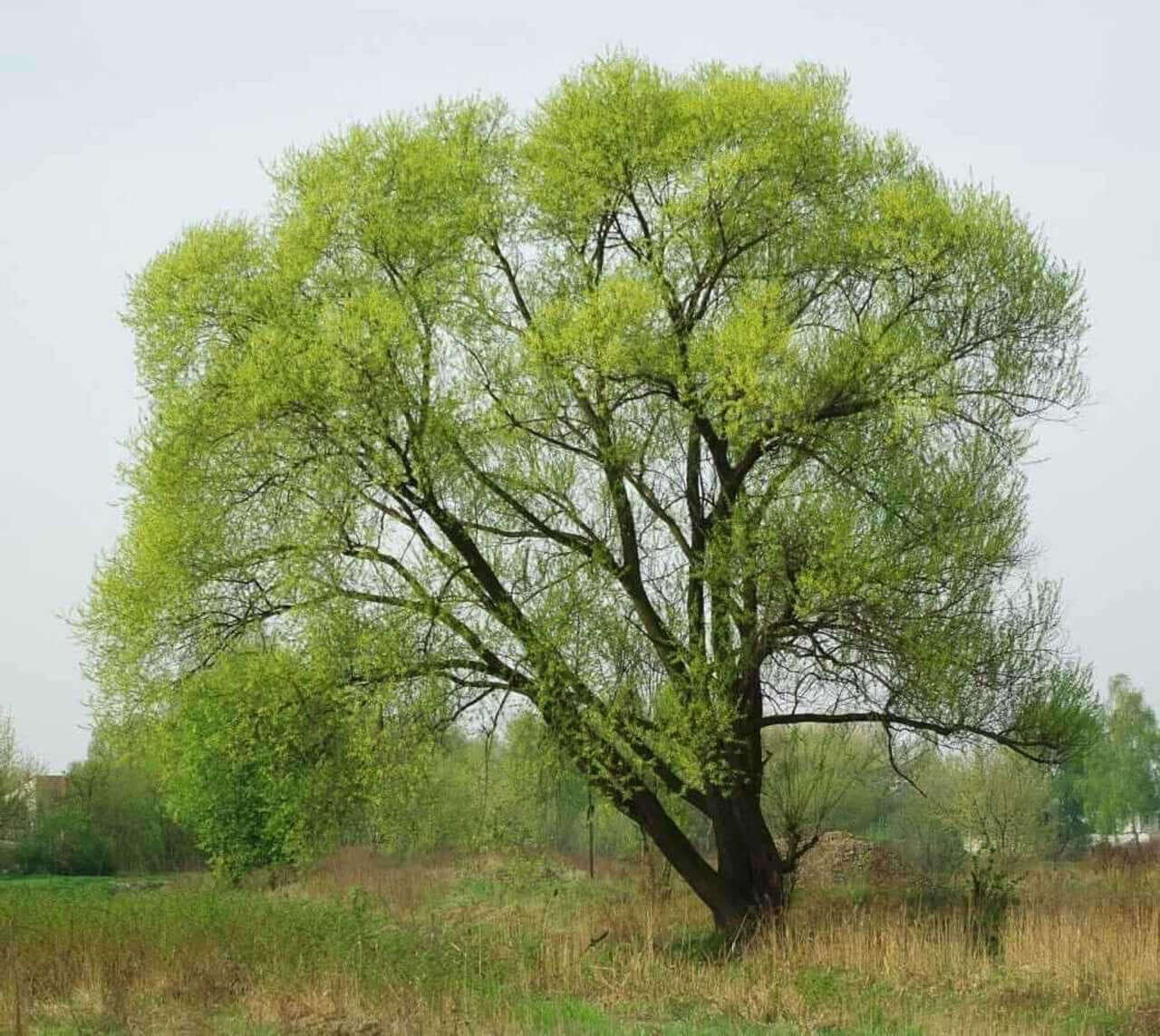Black Willow Live Stakes | Salix nigra
Majestically towering over streambanks and lakes, Black Willow Live Stakes are a steadfast natural companion of flood-prone areas. This stately tree, extending upwards of 60 feet upon maturity, is native to North America and most commonly decorates the dampest areas of the east coast.
While this tree's height can sound intimidating, the delicate appearance of its slender leaves blowing in the wind grants a profound sense of calm. When grown from live stake cuttings, its roots rapidly take hold and thrive in soggy soil, swiftly providing an effective solution to harmful erosion.
Plant Details - Black Willow Live Stakes
Family: Salicaceae
Light Requirement: Full Sun – Partial Shade
Water Needs: High
Height: 30-60 ft.
Spread: 20-30 ft.
Growth Rate: Fast
Bloom Time: Early Spring
Flower Color: Subtle yellow catkins
Wildlife Value: Attracts pollinators during bloom, provides shelter & nesting materials for wildlife
This incredibly fast-growing tree thrives in the wettest soils of a landscape. Not only can it comfortably handle eroding, waterlogged soil, but it holds a unique preference for these tough conditions - it has earned the common nickname of ‘Swamp Willow’ for this very reason! It has long, narrow leaves (around 5 inches long) that surround pollen-producing catkins in the early spring. While the flowering structures are rather inconspicuous, they give off a pleasant soft fragrance that attracts nature’s finest pollinators.
Landscape Uses and Maintenance - Black Willow Plant
Black Willow Stakes have been used for thousands of years by humans, from medicinal applications to purposeful landscape plantings. As a tree that thrives in incredibly wet conditions, it is an ideal choice for problem areas to prevent dangerous erosion. This tree forms strong, extensive root systems that bind soil underground, and it produces them very quickly.
Live stake cuttings are the superior form of this tree to plant in due to its quick, effective impact. These live stakes are harvested while dormant, so that the stored energy in the cuttings are immediately ready to go towards Black Willow’s powerful root system.
Noteworthy Characteristics of Black Willow Plant
The long leaves of Black Willow are incredibly memorable as they gracefully move in the breeze, and they also serve an important purpose: Black Willow Live Stakes are mainly wind-pollinated and seeding, meaning they rely on the gracefully blowing leaves to facilitate the movement of their pollen and feathery seeds through the air.
Exposure
Black Willow Stakes thrive in full sun to partial shade, preferring at least six hours of direct sunlight daily. They can tolerate partial shade, but total sun exposure is recommended for optimal growth and health.
Height at Maturity
Over 25 Feet
Usage
Wetland
Shipped As
Bare-root
Ships
UPS
Planting Zones
3-8


